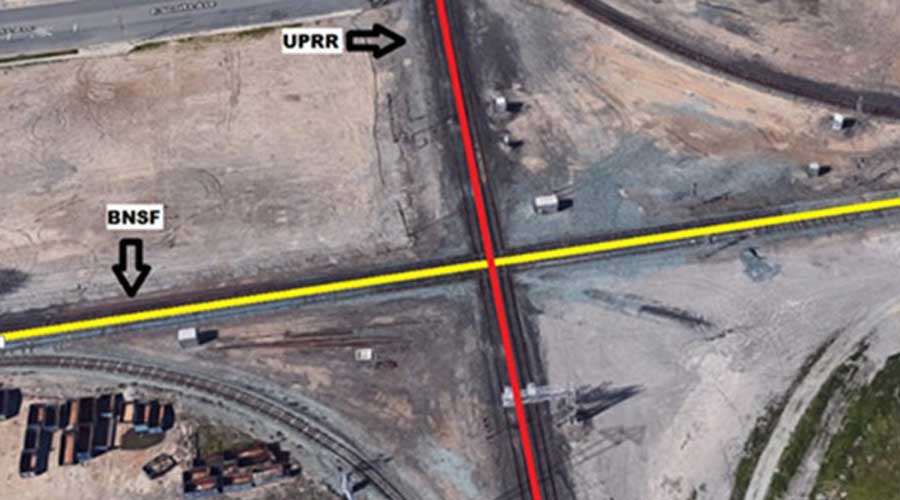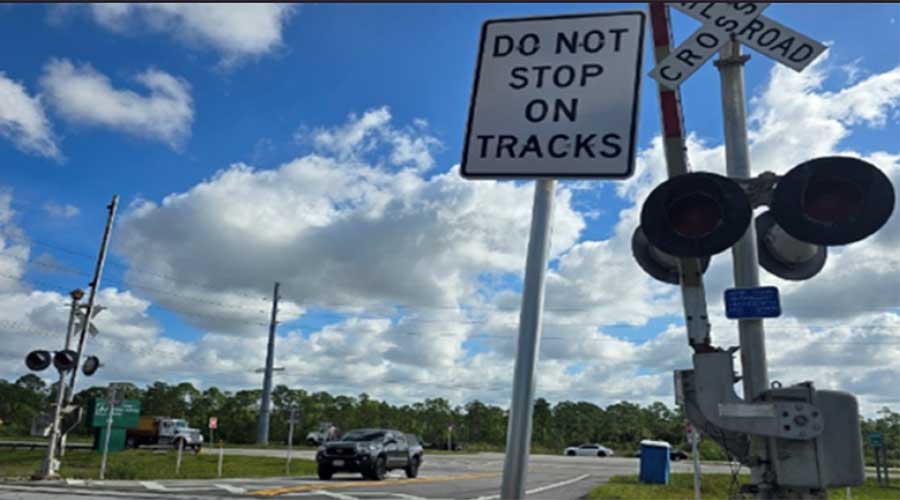Stay updated on news, articles and information for the rail industry
8/31/2020
Rail News: Federal Legislation & Regulation
FRA issues rail inspection technology rule aimed at track safety improvement

The Federal Railroad Administration (FRA) late last week issued a final rule allowing railroads to use ultrasonic inspection technology, augmented with GPS technology, to conduct continuous rail testing.
The updated regulations are expected to improve safety by making it easier for railroads to test rail more frequently, and to identify and repair internal rail flaws before conditions degrade, FRA officials said in a press release.
The regulation will allow rail testing vehicles to move without stopping along the track, potentially decreasing passenger and freight train delays associated with routine inspections.
The new "modernized standards will allow railroads to implement innovative inspection methods without the burden of applying for individual waivers with well-established safety records," said FRA Administrator Ronald Batory.
FRA has issued waivers for the past 10 years, allowing larger railroads to develop and use the technology. The updated standards are consistent with the state of practice, FRA officials said.
A 27 percent reduction in broken rail-caused train accidents between May 2019 and May 2020 is largely attributable to the new technology, they said.
The Final Rule on Rail Integrity Amendments and Track Safety Standards focuses more on providing performance-based outcomes than on prescribing exactly how companies conduct effective tests. Railroads will be expected to use established methods to conduct required rail inspections, but they'll also have the flexibility to use new technologies and methods as they are proven safe and effective, FRA officials said.
Using existing methods, railroads typically can test about 2 miles of track per day. By employing continuous rail testing, they can test 80 to 160 miles of track each day, FRA officials said. The administration estimates the technology could save the industry $121.9 million in 10 years.
The final rule will take effect 30 days after publication in the Federal Register.
Contact Progressive Railroading editorial staff.


 2025 MOW Spending Report: Passenger-rail programs
2025 MOW Spending Report: Passenger-rail programs
 Gardner steps down as Amtrak CEO
Gardner steps down as Amtrak CEO
 Guest comment: Oliver Wyman’s David Hunt
Guest comment: Oliver Wyman’s David Hunt
 Women of Influence in Rail eBook
Women of Influence in Rail eBook
 railPrime
railPrime








